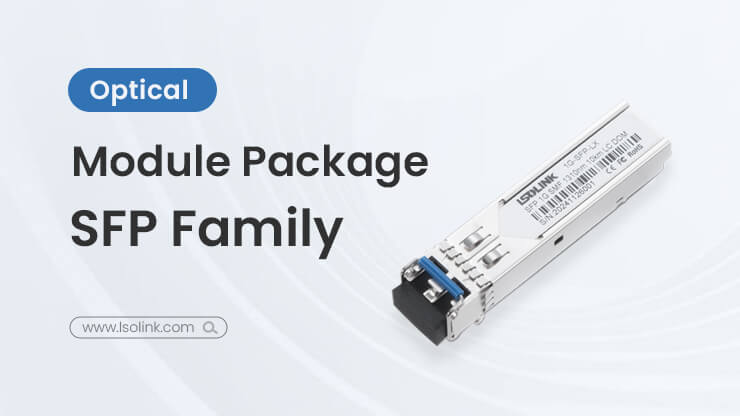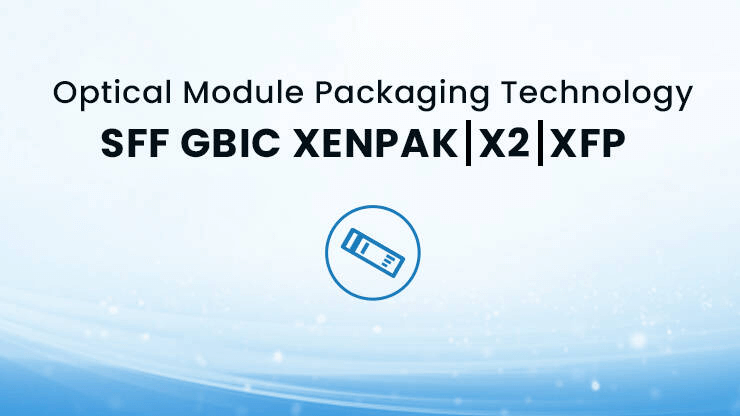SFF Form Factor
SFF, short for Small Form Factor, is an early and relatively common optical transceiver package type. Featuring a compact size, SFF optical modules support relatively low transmission rates and are primarily used in scenarios of 1 Gbps and below, such as early Ethernet standards including 100Base-FX and 1000Base-SX/LX. This package type is typically soldered onto the motherboard via pins, with electrical interfaces available in two specifications: 10-pin and 20-pin. With technological advancements, it has been gradually replaced by more advanced package types.
GBIC Form Factor
GBIC, short for Gigabit Interface Converter, is the first gigabit-speed optical transceiver standard to support hot-pluggable functionality. It enables flexible conversion between different fiber and copper transmission media through a modular interface. Measuring 10.16cm x 3.81cm x 2.18cm, it adopts a duplex SC connector or RJ45 interface. This design significantly promoted the adoption of 1 Gbps Ethernet and has since been replaced by the SFP form factor.
XENPAK/X2/XFP 10 Gigabit Form Factor
XENPAK: XENPAK, short for 10 Gigabit Ethernet Transceiver Package, was introduced in 2001 as the earliest 10G optical transceiver form factor. It was primarily used in 10G Ethernet and 10G Fibre Channel applications. XENPAK modules are relatively large in size, resembling an enlarged version of the GBIC, and require substantial PCB space. This form factor adopts an LC interface and supports hot-pluggable operation. However, due to its large size, it has low port density, and its complex electrical interface makes PCB routing more challenging.
X2: The X2 form factor was developed to address the large footprint of XENPAK, with dimensions approximately half the size of XENPAK. X2 optical modules use a duplex LC interface, support hot-pluggable operation, and are mainly deployed in 10G Ethernet equipment such as switches and routers. While X2 gradually replaced XENPAK, its relatively large size still limited use in space-constrained devices, and it was eventually replaced by more compact form factors like XFP and later SFP+.
XFP: XFP is a hot-pluggable, small form factor optical transceiver designed for 10Gbps data rates. Similar in size to SFP modules, XFP saves equipment space and significantly increases port density. It supports hot-pluggable installation for easy deployment and maintenance, adopts a 20-pin electrical interface, and supports multiple transmission distances and modes, making it suitable for 10G Ethernet, Fibre Channel, and other high-speed data transmission scenarios. The introduction of XFP greatly promoted the miniaturization and popularization of 10G optical modules, and it later evolved into other form factors to meet higher data rate demands.
Currently, among these three, only XFP is still in small-scale use. The 10G optical module market has largely shifted to the smaller and more standardized SFP form factor, which offers higher compatibility and market share, making it ideal for high-density applications.
In This Article
Show All
Collapse








